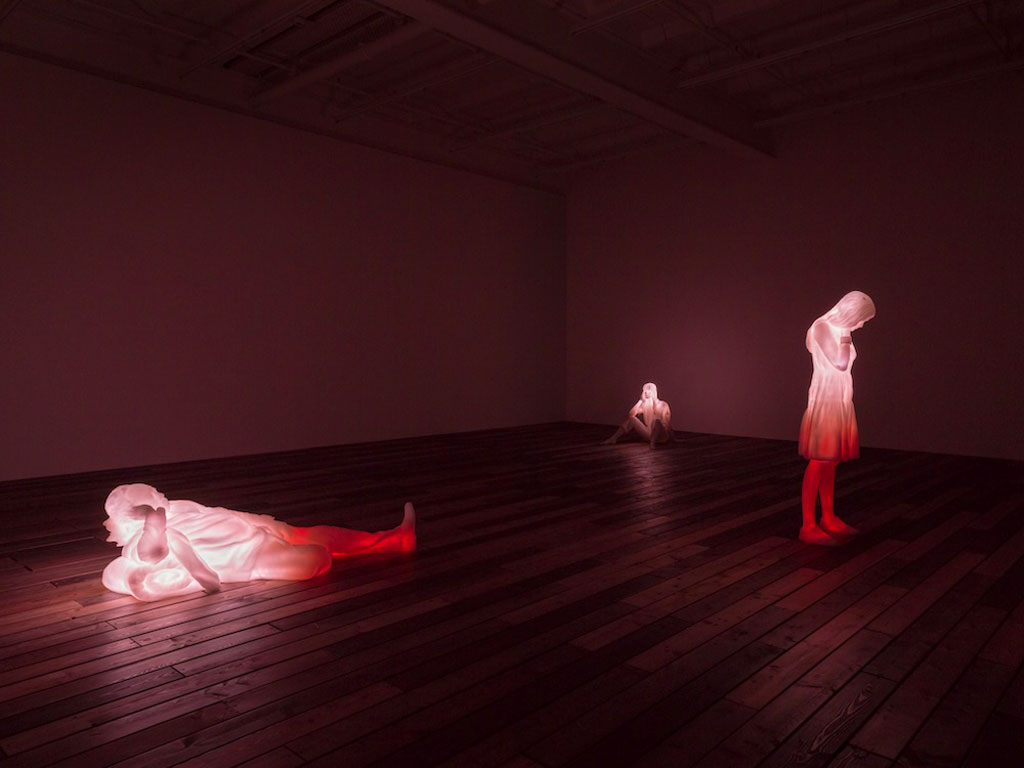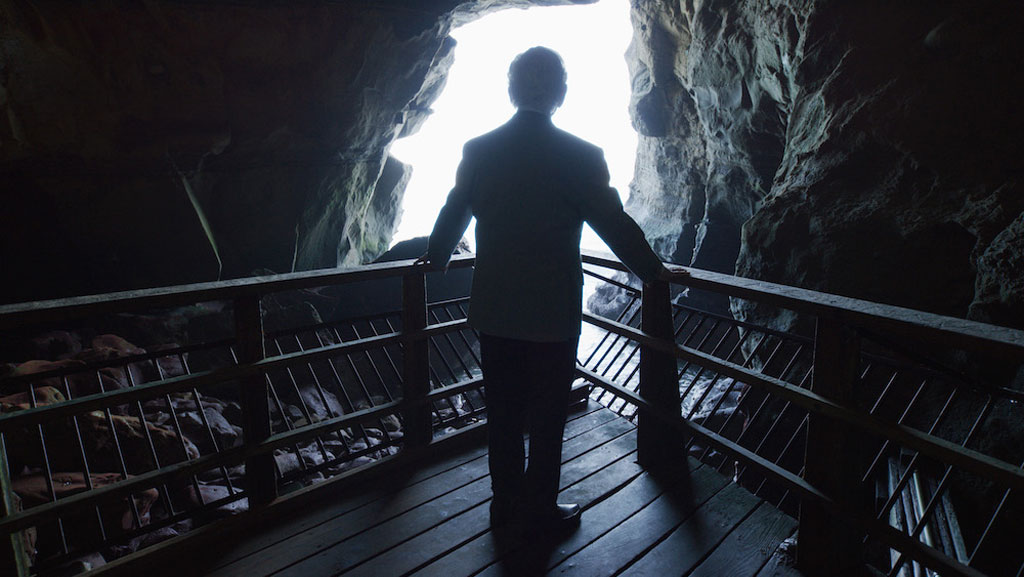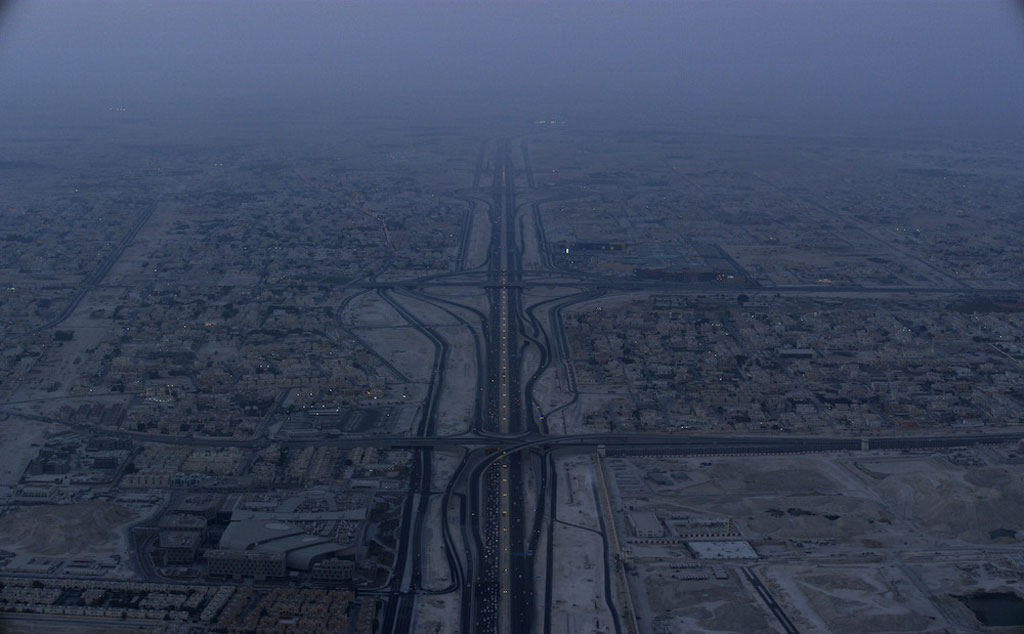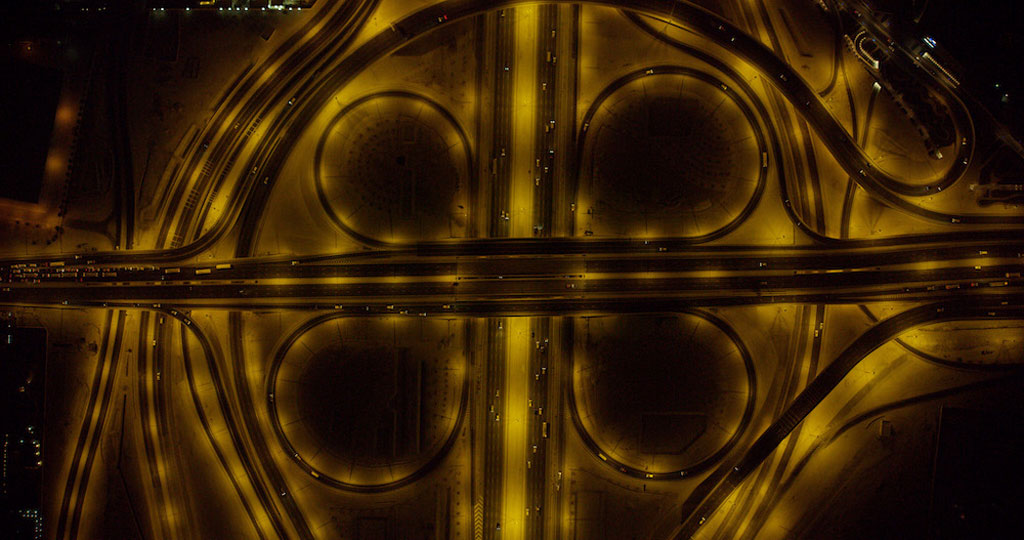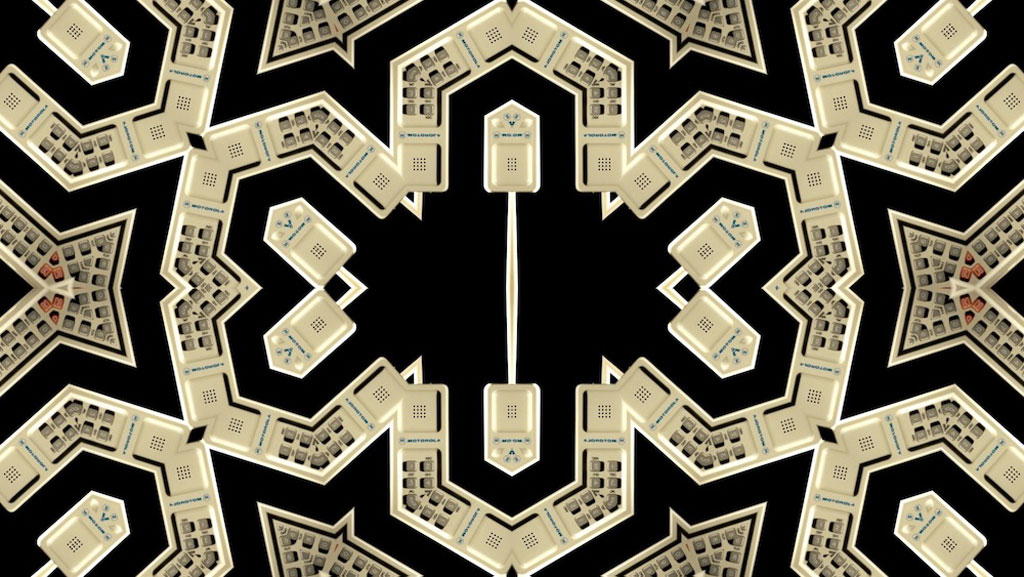ART-PRESENTATION: Doug Aitken
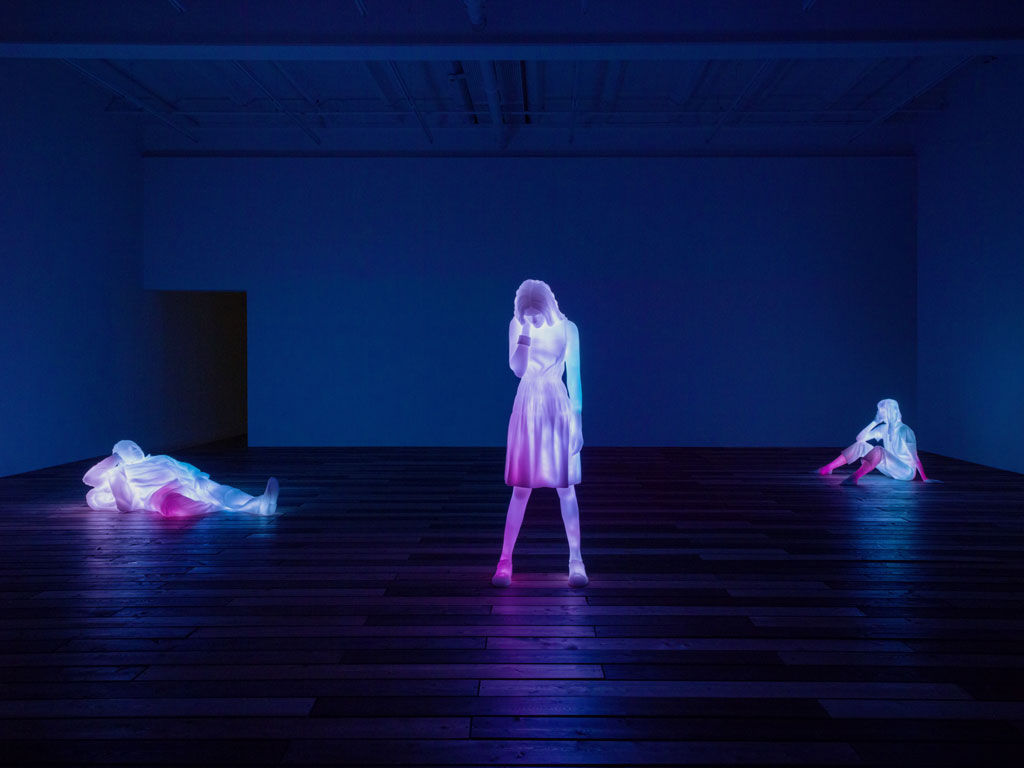 Doug Aitken’s work explores every medium, from sculpture, film, and installation to architectural intervention. Doug Aitken exploded onto the international art scene with his multi-screen work “Electric earth”, which captivated audiences at the Venice and Whitney biennales in 1999. Portraying some of contemporary art’s most beautiful imagery, Aitken’s installations encircle the viewer, creating a suspended, hyperreal portrait of contemporary life.
Doug Aitken’s work explores every medium, from sculpture, film, and installation to architectural intervention. Doug Aitken exploded onto the international art scene with his multi-screen work “Electric earth”, which captivated audiences at the Venice and Whitney biennales in 1999. Portraying some of contemporary art’s most beautiful imagery, Aitken’s installations encircle the viewer, creating a suspended, hyperreal portrait of contemporary life.
By Dimitris Lempesis
Photo: Faurschou Foundation Archive
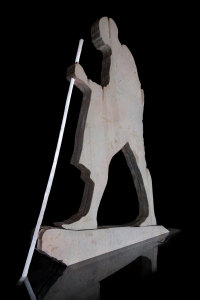
The first solo exhibition of Doug Aitken, in mainland China is on presentation at Faurschou Foundation Beijing.Aitken’s body of artwork takes the viewer into a different world, which explores ideas and takes you places that language cannot fully articulate. Through image, forms and sound, the artworks conceptualize the idea of a current world that is completely kinetic and synchronized, yet at other times a landscape that’s vastly isolating. Entering the first room of the gallery, “NEW ERA” creates a hexagonal space of alternating mirrors and projections. “New Era” that questions how technology and ideas of interconnectivity in the virtual reality age can impact our basic humanity, “NEW ERA” is centered around 89-year-old protagonist Martin Cooper’s seemingly straightforward statements about his invention of the mobile phone and his thoughts on the future. Aitken’s film was inspired by his research into and conversations with the inventor of this ubiquitous device, and weaves the story of Cooper’s life into a poetic narrative about humanity’s history and future. Beginning with this simple introduction, Cooper’s words become the leitmotif of a gradual deconstruction of images and sounds into a dystopian landscape where nature and technology coexist. The work functions like a Greek mythology for the 21st Century, positing what an age of absolute connectivity might look like. Will it lead to a possibility of a post-human future, where technology could reach the capacity to gradually alter the very essence of our existence? “New Era” explores the technological ambivalence of contemporary culture, raising philosophical questions about the challenges of immediate access to communication and network while we distance ourselves from our metaphysical being. This immersive installation is set within a hexagonal pavilion built into the gallery space, featuring three projectors set opposite to three mirrored walls. Together, the walls become a 3-dimensional screen, a structure that at once holds and reflects images in a continuous loop, creating a vast and dynamic visual tapestry. The viewer “entering” the screen is no longer a spectator but an interlocutor. The screen dissolves the viewer into a hallucinatory world, distorting their sense of time and self. The work reflects how technology allows for connection, knowledge and communication to take place at light speed. In the second room, the viewer steps directly into “3 Modern Figures (don’t forget to breathe)”, an installation of three human figures resting on a raw wooden floor. These are not heroic figures but a candid snapshot of modern individuals frozen as if time had stopped. In the empty core of the sculptures light emanates and pulses. The installation meditates on the rapid changing face of technology framed within a relic of our modern past. This artwork explores a landscape of transformation, the shift of the material to the dematerial. As light, color and abstract images synchronize through the bodies of the installation they create a continuously changing juxtaposition between isolation an absolute connectivity. Echoing through the space is an original audio composition of layered vocals that moves in sync with the light choreography. The soundscape for the artwork is constructed entirely of human voices. Single words or short sentences are repeated into abstractions creating a soundscape that moves continuously without beginning or end. In the third darkened room stands a 12-foot rock and concrete sculpture with visual parallels to a brutalist monument, titled “Crossing the Border”. The slab of stone and concrete is cut in the shape of a silhouetted image of Gandhi. In the dimly lit space we see his body and outline. In place of the wooden stick, he holds a glowing staff, made of translucent glass and glowing from within. Echoing in the large room we hear patterns of dripping water, the water appearing out of openings in the rock figure. Gradually the drips increase, building momentum until water pours out from all over the rock figure, the cascade of water synchronizing in speed with the pulsing of the light staff. “Crossing the Border” is a beacon, a marker standing in a perpetual twilight while looking toward the future. Connecting three works in the sequence of three rooms, this exhibition starts with the invention of the cellular phone, reflects the way humans are both in and out of sync in this age of technology and ends with Crossing the Border. The exhibition creates a fragmented narrative of today’s digital contemporary landscape. In this landscape, Aitken’s works are signposts, making the viewer pause, stop and evaluate their surroundings.
Info: Faurschou Foundation Beijing, 798 Art District, NO2 Jiuxianqiao Road, Chaoyang District, Beijing, Duration 23/3-4/8/19, Days & Hours: Tue-Sun 10:00-18:00, www.faurschou.com
